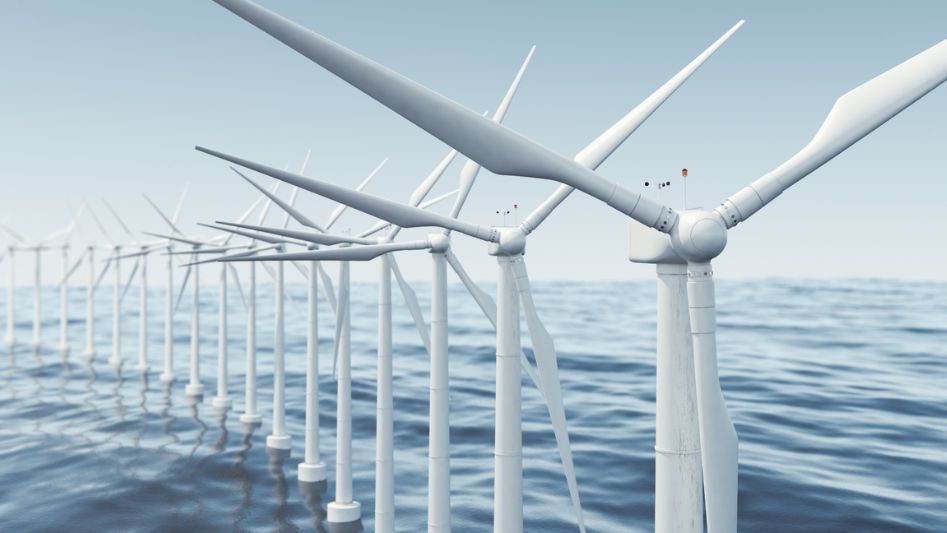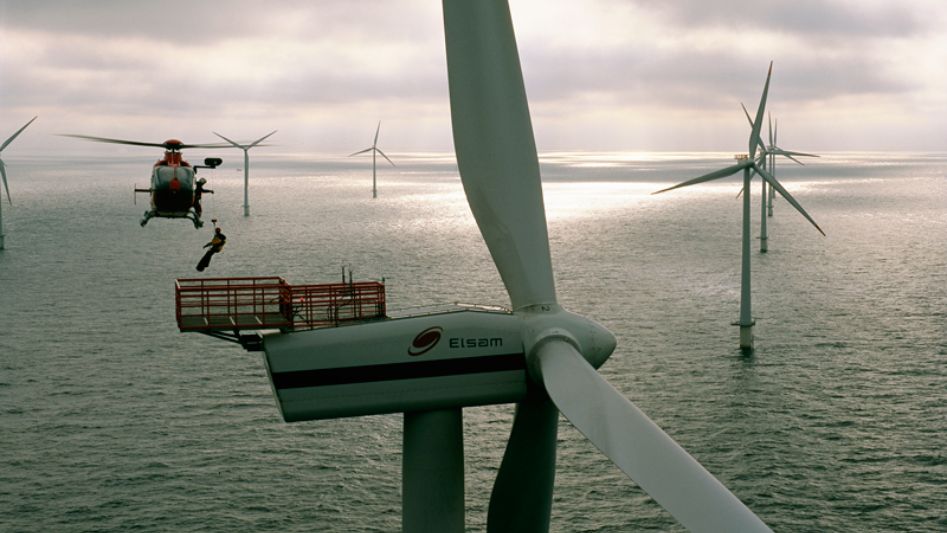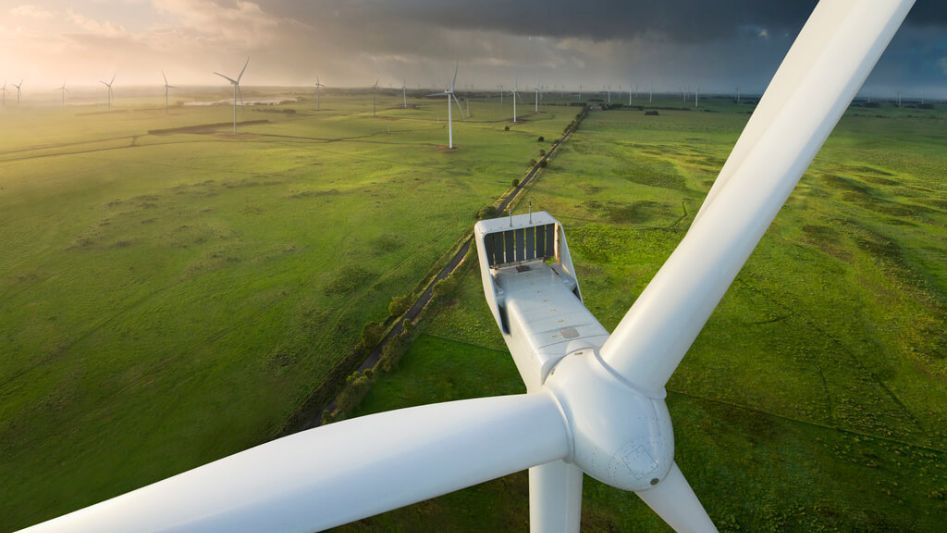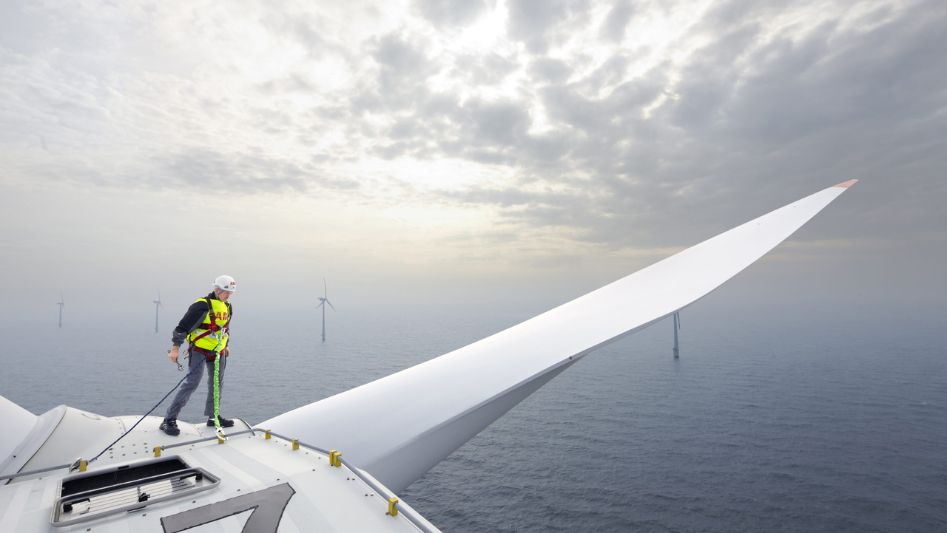The harnessing of wind energy has become a pivotal component of the global effort to transition towards cleaner and more sustainable sources of power. Wind energy is abundant, renewable, and produces no direct emissions, making it an attractive option for reducing our reliance on fossil fuels. To fully capitalize on this energy source, it’s crucial to maximize wind potential through efficient onshore and offshore installations. In this article, we’ll explore strategies to achieve just that.
Table Of Content
We invite you to read: “Comparing Offshore and Onshore Wind: Which is the Future of Renewable Energy?”

Onshore Wind Farms
Site Selection
The foundation of any successful onshore wind project is meticulous site selection. Optimal locations for onshore wind farms exhibit specific characteristics:
- High Wind Speeds: Areas with consistent and high wind speeds are naturally the most favorable. Wind resource assessment studies can help identify such sites.
- Proximity to Grid Infrastructure: Being close to existing electrical grids minimizes transmission losses and infrastructure costs.
- Low Environmental Impact: Avoiding ecologically sensitive areas is essential to minimize the impact on wildlife and ecosystems.
- Community Acceptance: Ensuring that the local community supports the project is critical to overcoming potential opposition.
Advanced Turbine Technology
Utilizing the latest turbine technology can significantly increase energy output and efficiency. Modern turbines are taller, have larger rotor diameters, and are equipped with advanced control systems. These innovations enable them to capture more wind energy and adapt to varying wind conditions, maximizing their potential energy output.
Maintenance and Reliability
Regular maintenance and proactive monitoring are essential to ensure that turbines operate at peak efficiency. Predictive maintenance systems can detect issues before they become critical, reducing downtime and increasing energy production.
We invite you to read: “Noise Pollution and Wind Turbines: Seeking Silent Solutions in Urban Settings”

Offshore Wind Farms
Utilizing Offshore Resources
Offshore wind farms have the advantage of stronger, more consistent winds. However, they come with their own set of challenges:
- Foundation Types: Choosing the right foundation is crucial. Options include monopiles, jackets, and floating platforms, each suited to different water depths and soil conditions.
- Grid Connection: Constructing subsea cables and grid connections to transport electricity back to shore is a complex and expensive process that requires careful planning.
- Harsh Environments: Offshore turbines are exposed to harsh marine conditions, which can accelerate wear and tear. Robust materials and corrosion protection are vital.
Turbine Design and Installation
Offshore turbines need to be specifically designed for the marine environment. They are often larger and more durable than their onshore counterparts. Innovative installation methods, such as self-floating turbines that can be towed into position, are being developed to reduce installation costs.
Floating Wind Farms
Floating wind farms are a cutting-edge solution for harnessing wind energy in deep waters where traditional fixed foundations are not feasible. These platforms use buoyant structures to support turbines and can be moved to the most advantageous wind locations.
Environmental Considerations
Both onshore and offshore wind installations must prioritize environmental sustainability. Proper environmental impact assessments should be conducted, and mitigation measures should be implemented to protect local ecosystems and wildlife. Bird and bat monitoring, underwater noise studies, and habitat restoration initiatives are among the strategies used to minimize environmental harm.
We invite you to read: “Economic Winds of Change: How Wind Turbines and Solar Panels Affect Local Economies”

Conclusion
Maximizing wind potential through onshore and offshore installations is essential for meeting our growing energy demands while reducing greenhouse gas emissions. By selecting optimal sites, employing advanced technology, ensuring maintenance and reliability, and considering environmental concerns, we can harness the full power of wind energy. The ongoing development of offshore technologies, including floating wind farms, holds promise for expanding wind energy’s reach and making it an even more substantial contributor to our clean energy future.
FAQs
How does an onshore wind farm work?
Onshore wind farms consist of multiple wind turbines strategically placed on land to capture wind energy, which is then converted into electricity.
What are offshore wind farms?
Offshore wind farms are wind turbine installations located in bodies of water, such as oceans or lakes, to capture stronger and more consistent offshore winds.
How do I choose a suitable site for a wind farm?
Site selection depends on factors like wind speed, grid accessibility, environmental impact, and community support.
What is the environmental impact of wind energy?
Wind energy has a low carbon footprint but can impact local ecosystems. Mitigation measures are taken to minimize environmental harm.
You May Also Like
- Wind Turbines of Tomorrow: Innovations and Future Prospects
- Advancing Offshore Wind Technology: A New Era of Renewable Energy
- Offshore Wind Power: A Growing Force in the Race for Sustainable Energy
- Wind Power and the Environment: A Marriage for a Sustainable Future
- Hitachi Energy Collaborates with SPIC to Deliver Offshore Platform Solutions

